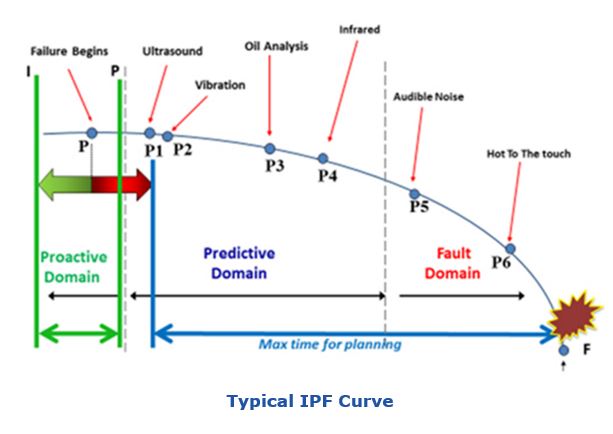

ARC research indicates inconsistency among suppliers and end users as what asset performance management (APM) is and how it is defined. Paul Casto, long-standing practitioner of reliability and maintenance (R&M) improvement methodologies and Intelligent Asset Practice Leader at GrayMatter Systems, is sharing how he is defining APM and how it continues to evolve.
According Casto, “APM is a holistic solution with many different solution sets falling under the APM umbrella. The solution set includes preventive maintenance (PM), predictive maintenance (PdM), surveillance technologies (CBM) and has recently evolved to include prognostic technologies, such as machine learning (ML). APM is a holistic solution because different failures have different failure characteristics, and there is no one size that suits all.” Casto believes that the disparity in the marketplace today is due to some vendors selling a portion or a slice of a holistic solution. Bottom line according to Casto, “APM is focused on equipment and equipment reliability, what can be done to reduce the risk of equipment failure, and in the end, raise availability, and lower overall operating cost.”
ML has overtaken edge and cloud computing as THE hot topic in automation of late. Casto believes ML is a powerful addition to an expanded APM solution set that is especially useful when applied to material flow problems, or production problems, as Casto calls them, with numerous applications in this area. A good example of ML for maintenance, reliability, and APM purposes is looking for matching patterns in failure data particularly for critical equipment. Comparing brownfield and greenfield installations, he stated, “In an existing facility, equipment may not be instrumented and retrofitting those assets to get the data could get expensive. Generally speaking, new equipment is instrumented to enable the application of ML to the data.” Casto elaborated, “different failures have different characteristics and failure modes have different time frames, making how failures occurs different. Every failure is not conducive to ML.” For example, a pump can be instrumented for all types of data, yet a seal leak is likely best revealed through routine visual inspection.
APM solutions should provide a single view of asset data. However, APM data resides in a variety of sources; i.e. historian, CMMS, RCA (root cause analysis) system, making integration of APM data challenging. Casto stated, “When designing an APM system, one of things to look at is all those disparate data sources and do it with the mindset of what data could we use for better reliability? What can be integrated? What data should be brought into the APM database? What data requires interface only? Should the interface be uni-directional or bi-directional? What sources can provide insight into the health of that equipment.”
It’s this analyst’s observation that risk management is sometimes overlooked in APM definitions. “APM is about equipment reliability and availability, but it’s also about risk management,” stated Casto, adding “Risk is the probability of failure X and the consequence of the failure, and APM should look at both of those elements. Reliability engineers are focused on risk management and reducing the risk of failures occurring. By bringing the APM tool set together, we can look at particular failure modes associated with a piece of equipment. Identifying failure is hard work and one of the reasons folks want to jump to ML so to skip this 
In the end, APM is about maintenance work processes, the planning, scheduling, and execution of the work that should be done as well as improving the work. According to Casto, “the current stage of APM evolution is focused on the I-P portion of the curve where things seems to be running smoothly. We’re trying to find leading indicators of failure modes or even the condition for the degradation mechanisms that led to that failure and identify those as early in the process as possible. Then we want to be able to communicate with the maintenance work management system to send alerts, write work orders and get those things in place to proactively address these degradations before equipment is seriously damaged. By doing that, we extend the life of the asset.”
Click here to view the entire ARC Advisory Group interview with Paul Casto, GrayMatter Systems Intelligent Asset Practice Leader.

